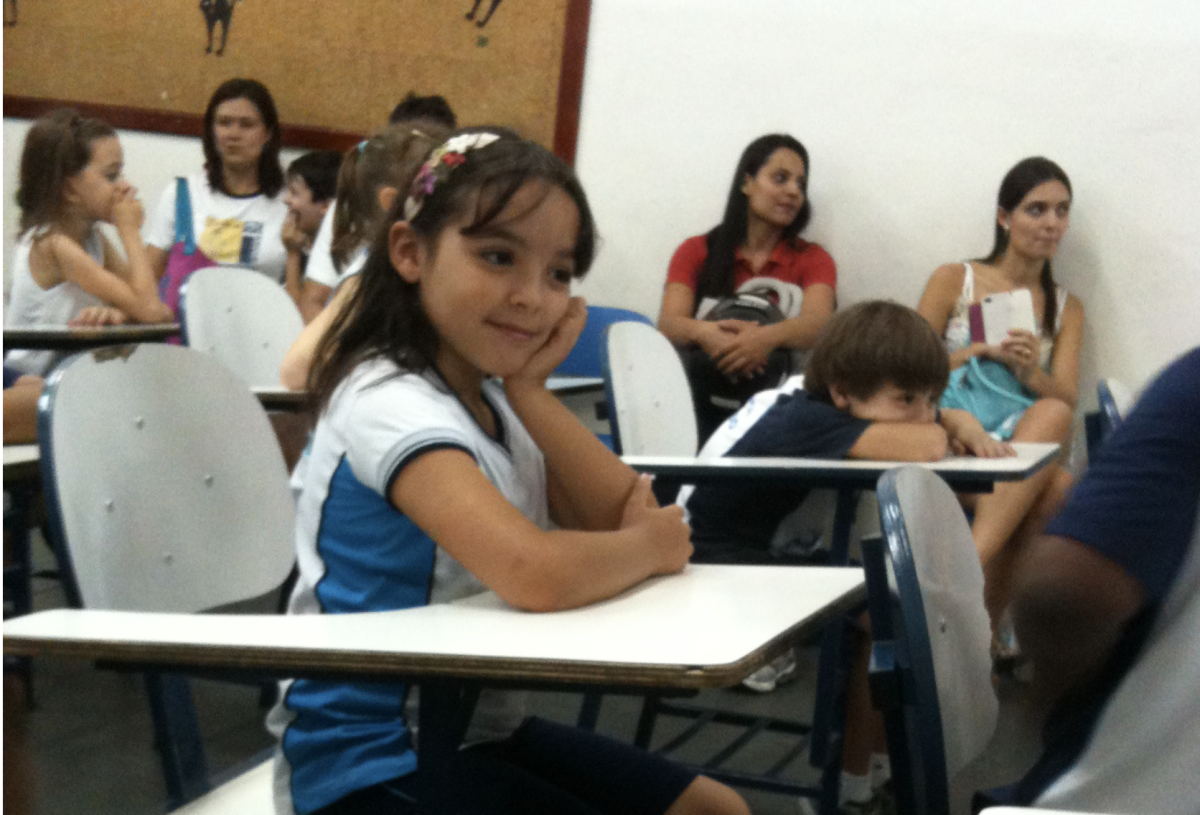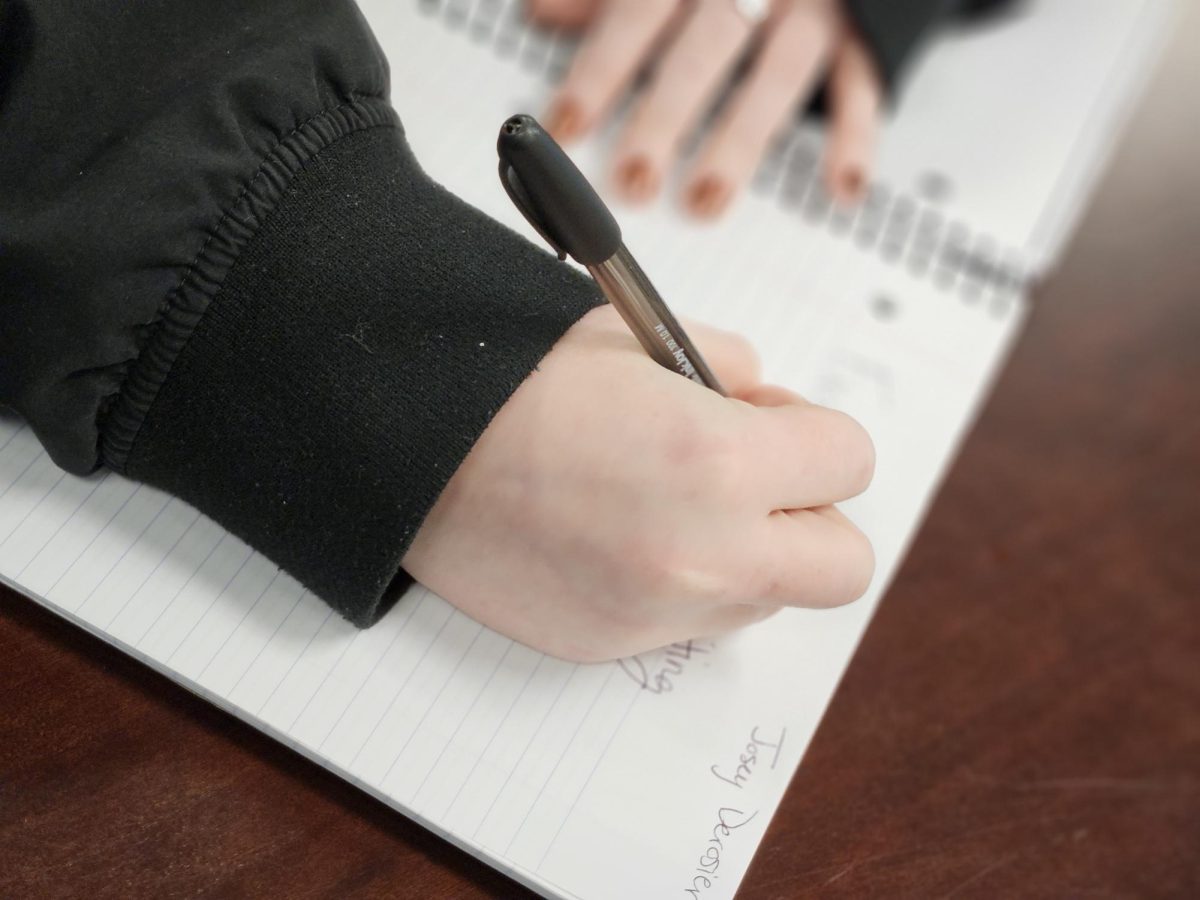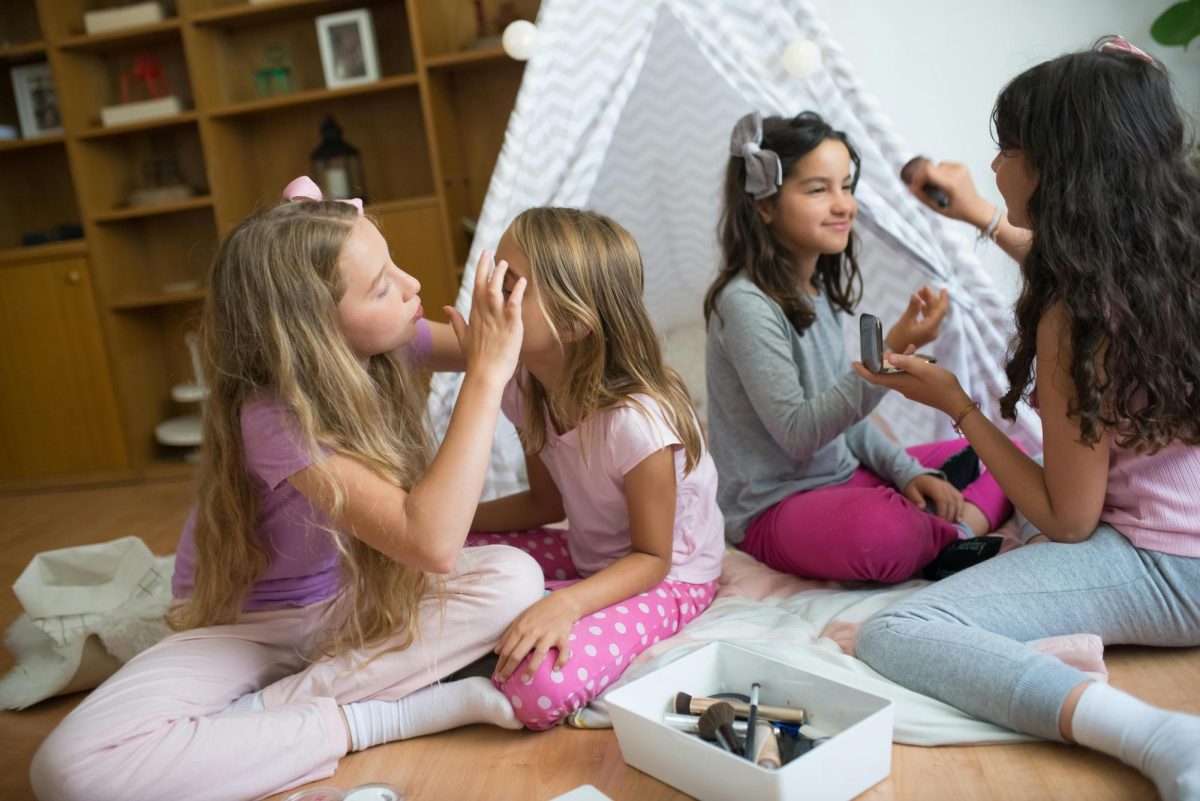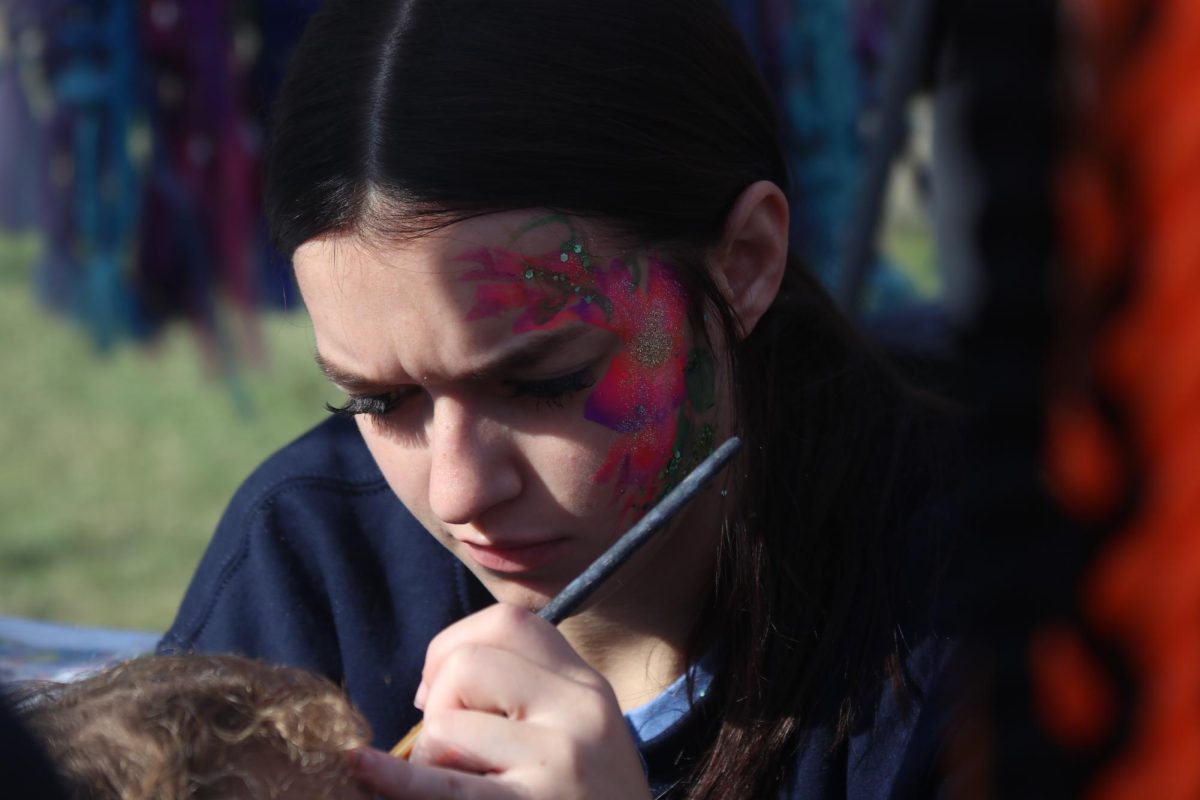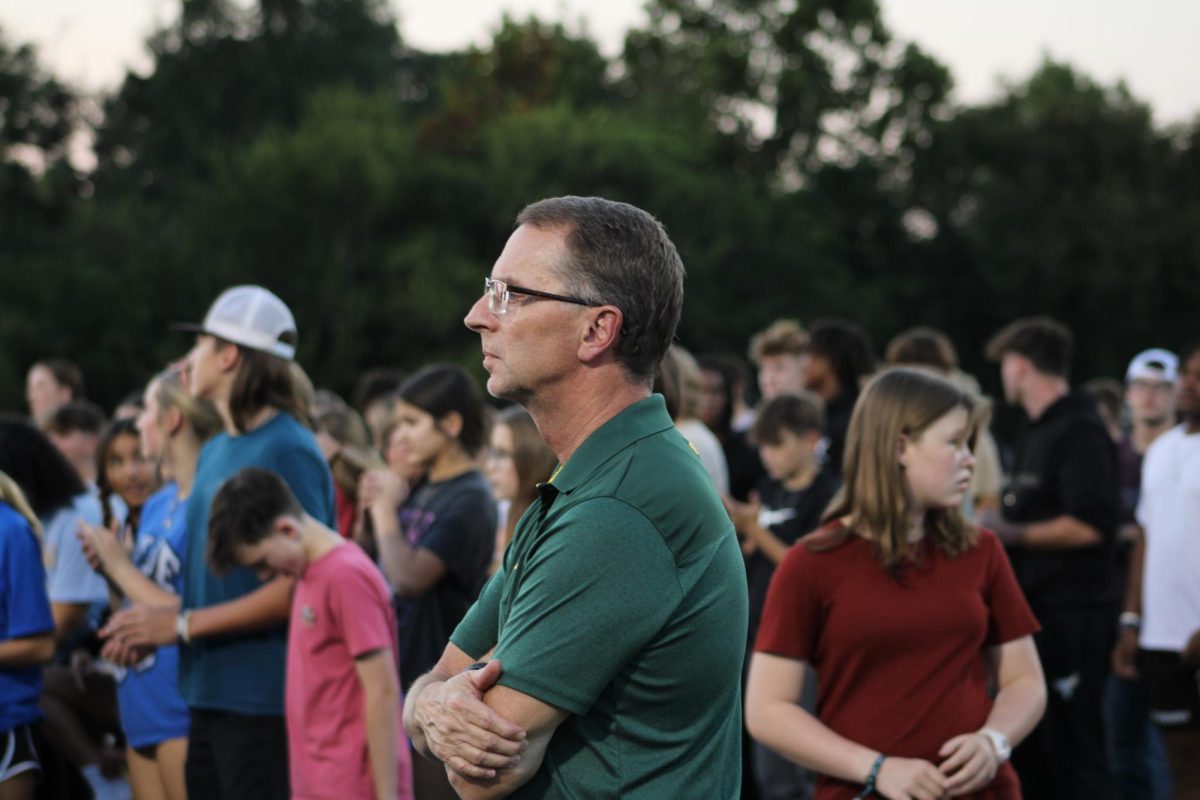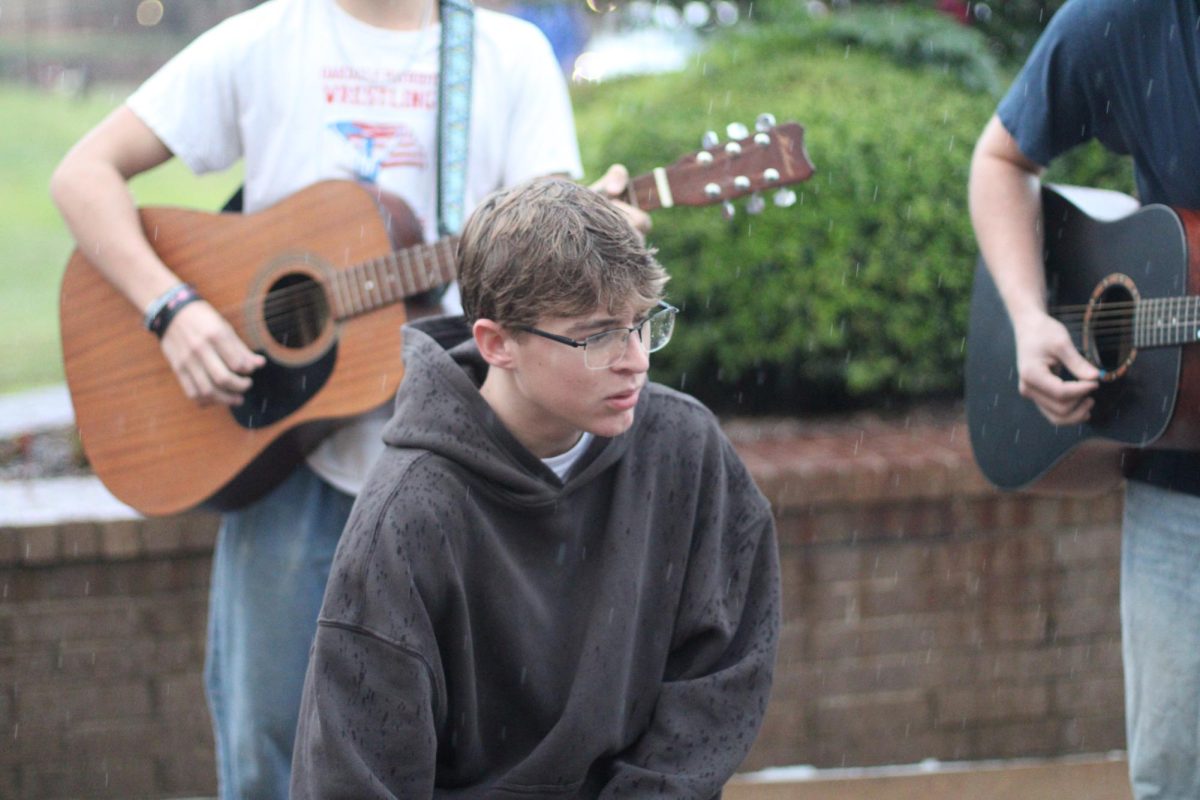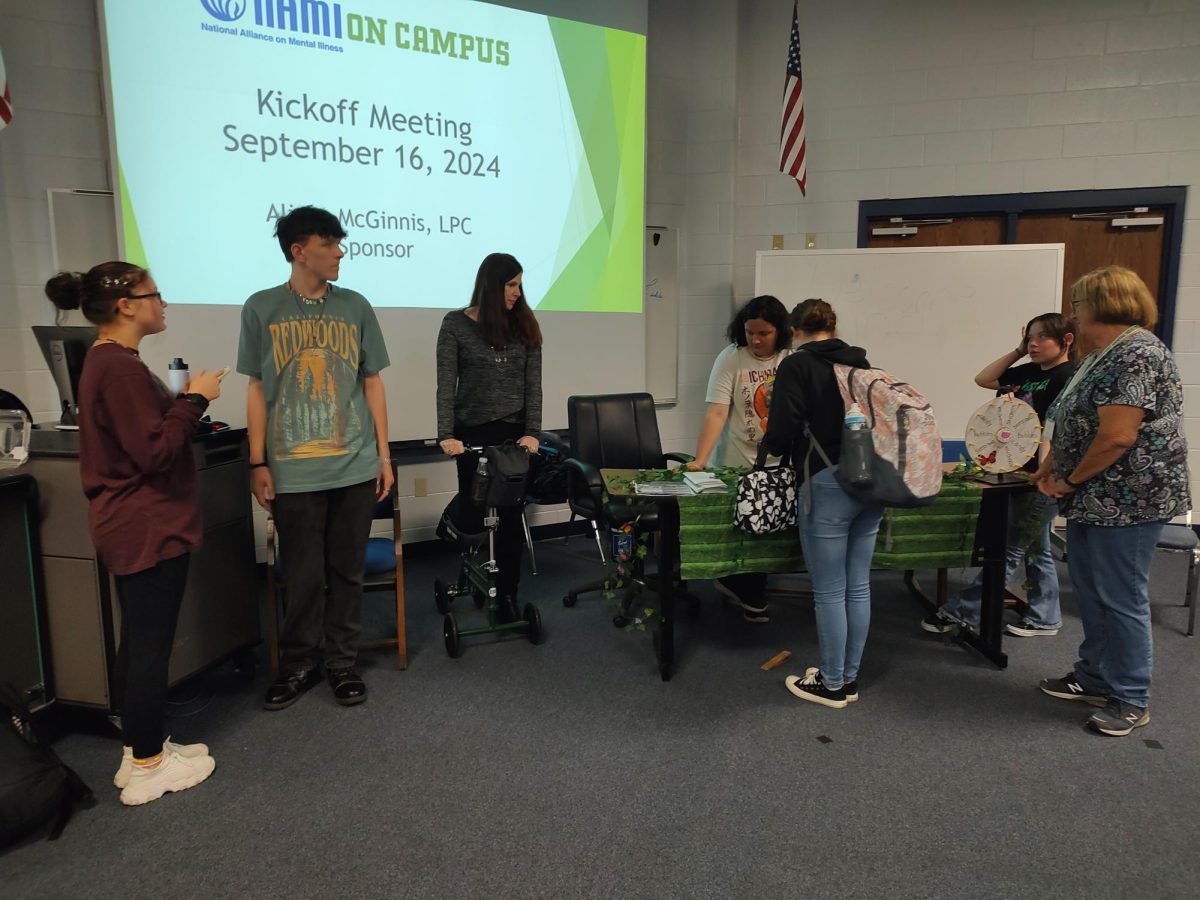After living in Brazil for the first nine years of my life, my family and I made the move to the States. Moving from Brazil to America was the most difficult change I’ve ever gone through because I had to learn a new language and culture. From stepping into an unfamiliar country not knowing the language all the way to my first day of school without understanding the rules, it was a major shift. Despite these culture shocks, I gradually began to understand my surroundings as well as the language, so I made a list of my top five things that are most different between Brazil and the United States.
- Language
In Brazil, we speak Portuguese; however, English is our secondary language there along with Spanish. Students begin learning English at a young age. In my school, we started in second grade. However, I only stayed in Brazil until the fourth grade, so I was unable to learn more advanced English. In order to help prepare my brother and me, my parents enrolled us in private English courses. Yet, since I left Brazil when I was nine years old, I did not get far enough in my English education to help me communicate with others. During my first few months in Lindale, I felt lonely and lost multiple times. I did not understand homework assignments or daily conversations. In order for me to make friends, my teachers often put me and students who spoke Spanish. Although some words in Spanish and Portuguese may sound the same, sometimes they have different meanings. Additionally, I did not understand Spanish because I never took it in Brazil. However, even with all those challenges, I managed to create friendships in 4th grade that I still have today.
2. Culture
The first time I experienced culture shock was when we landed in Panama prior to taking the flight to Miami. I had just walked out of the plane after a seven hour flight, still half asleep, and all I could hear and read was in Spanish. People walked around me, speaking on the phone or with their families in a language I had never heard being spoken at its actual speed. I looked up at my mom and she told me: ‘You just wait until we reach the States.’ I was glad for the warning. Walking out of the Miami International Airport, I was shocked to see cars that only the extremely wealthy had back in Brazil. Additionally, I had never heard English being spoken at its rate, so I had no clue what was happening.
3. Cultural Differences
A big thing I had to become accustomed with was greetings. In Brazil, people are very warm. We usually greet each other with a hug, and men do a pat on the back while women give each other a kiss on each cheek. In the U.S. people usually greet each other with a hand shake and only hug if they know the person well. Another difference is how children greet adults. From teachers all the way to principals and officers, children call them with “tio” or “tia”, uncle or aunt, and use their first name. Another difference is timing. In Brazil, we usually arrive 15 minutes or later to an event while Americans are punctual. Entertainment is also different from Brazil. During my childhood in Brazil, I did not have cable that got shows like Disney Channel or Nickelodeon until I was seven. Prior to that, I watched a children’s morning TV segment called “Bom Dia e Companhia” at 9 a.m. until it was time for me to go to school. After school, I watched telenovelas like “Caras and Bocas” with my mother and worked on school work and played. As soon as dinner was over, my brother and I would run to the TV to watch children’s telenovelas like “Carrossel,” “Chiquititas,” and “Cumplices de Um Resgate.” Each telenovela would end in a cliffhanger in order to keep kids on the edge of their seat for the next episode. Oftentimes, the episode tackled specific topics such as racism, poverty, and friendships. On weekends, I would play with my cousins and friends the whole day. We would play soccer on the streets and pick fruits from tree branches. At night, we would go to church on Saturday and Sundays. When we got home from church, we usually ate dinner and watched the iconic “Roda Roda Jequiti,” a Brazilian rip off from “Wheel of Fortune,” hosted by Silvio Santos.
4. School System
The American school system was a big adjustment for my brother and me. In Brazil, students stay in the same class the whole day while the teachers move from class to class. Additionally, in my school elementary kids all the way to pre-school went to school in the afternoons from 1 p.m. to 6 p.m. while middle school and high school went in the mornings from 7 a.m. to 12 p.m. There are no special classes that help with a future career. All classes are the basics, such as geography, history, math, Portuguese, etc. We also didn’t take the same classes each day because all subjects are placed into a schedule. For example, I may take math twice a week while only taking art or P.E on Monday or Thursday. The basic extracurricular activities including art, P.E, and music, are free while special activities may not be provided at the school or parents will have to pay a fee for students to be able to participate. For instance, my brother participated in the school’s soccer team. Our parents had to pay an extra fee to the school for him. Most American public schools are better than Brazilian public schools. In Brazil, public school students have a low rate of graduation. This is due to students’ low access to school depending on where they live or financial situations in households. Another reason is lack of funds, students disinterest in learning, and lack of family support for education. Families with better living conditions are more likely to put their children into private schools. I was lucky enough to be in private school for most of my life. Since Brazilian schools are small, consisting of about two classes per grade, students have a close relationship with staff. On my last day of school before I moved to America, my P.E teacher surprised me with a day full of special equipment, such as trampoline, yoga balls, and jump ropes, in order to make my last day special. Another difference I noticed was that most American schools allow students to wear whatever they like that fits into the dress code. In contrast, all Brazilian schools require students to wear uniforms that represent their school.
5. Food
Brazilian food is better than American food in my opinion. For breakfast, we usually eat pao frances (bread with a crispy outside) or pao de queijo (cheesy bread) and drink coffee, milk, or juice. Lunch is the most important meal of the day in Brazil. We usually eat feijoada, with farofa, rice, kale, followed by a salad. We usually eat an afternoon snack which consists of bakery goods such as sonho (a powdered pastry with a sweet filling), cakes, and pao frances. For dinner, we usually eat the same things we had for lunch. Birthday parties we usually have coxinha, empadas (mini pie), pao de queijo, and pastels (kind of a brazilian version of burrito). For sweets, we usually enjoy brigadeiro (a brazilian version of a chocolate bonbon) and beijinho (a brazilian version of a coconut bonbon). After the beloved birthday song, there’s a tradition for the person celebrating their birthday to give the first piece of the cake to someone special. Receiving the first piece of cake is seen as honorable and everyone claps for the chosen person.
In conclusion, moving from Brazil to the U.S was one of the hardest things I went through, however, it was the best decision my parents made. Being in the U.S gave me opportunities I would never have gotten to do. I was able to try new things from playing flute and marching band all the way to becoming an editor of the school newspaper and that is some of the experiences I will be forever grateful for.



